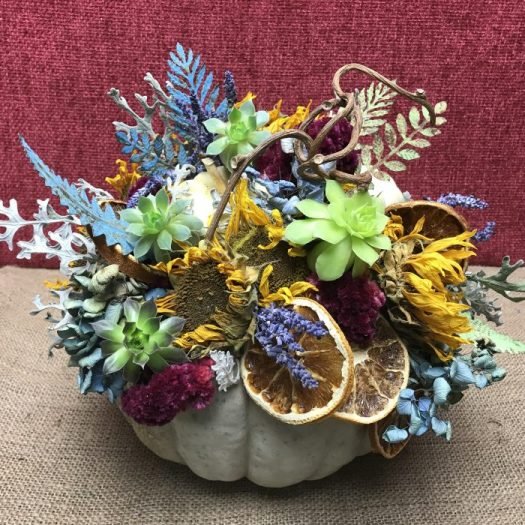Although indoor blooming plants seem like complicated chores with dozens of care tips, Christmas cacti are the exceptions. They thrive with little water, low light, and average humidity levels found indoors. Give them the care they need in the fall, and they’ll bloom prolifically throughout December and January.
Like other winter bloomers, Christmas cacti respond to day lengths and temperature shifts when seasons change. As days shorten and temperatures cool, they receive signals to grow flower buds. These buds take time to develop, which is why you should start thinking about their care in November.
We’ll cover how to force blooms on Christmas cacti here, although there are other holiday types, like Easter and Thanksgiving cacti, too. Collect them all for blooms from December through March! If you’re new to holiday cacti, the Christmas types are excellent ones to experiment with.
Determine Which Holiday Cacti You Have
Three different holiday cacti exist for the curious gardener. They all need shifting light levels and temperatures to bloom, although when they need change differs for each species. Six to eight weeks before you’d like buds is a good time to start thinking about encouraging the pink, white, red, or orange blossoms.
Christmas Cactus
Christmas cactus refers to two different types of epiphytic tropical succulents. The oldest is Schlumbergera russelliana, and it’s the species type that originates in mountains near the coast of Brazil. Its leaves are round with some indentations on their edges.
There is another Christmas cactus, the hybrid cultivar Schlumbergera x buckleyi. It’s a hybrid of the species type S. russelliana and the Thanksgiving cactus. It stands out from its parents by blooming for a longer period from December through January or February.
Either cactus will perform well in your home with a bright, cool location away from drafts. The species type produces seeds while the hybrids are sterile. Consider growing the species type if you’d like to experiment with breeding the epiphytic succulents with other similar plants in the same genus.
Thanksgiving Cactus
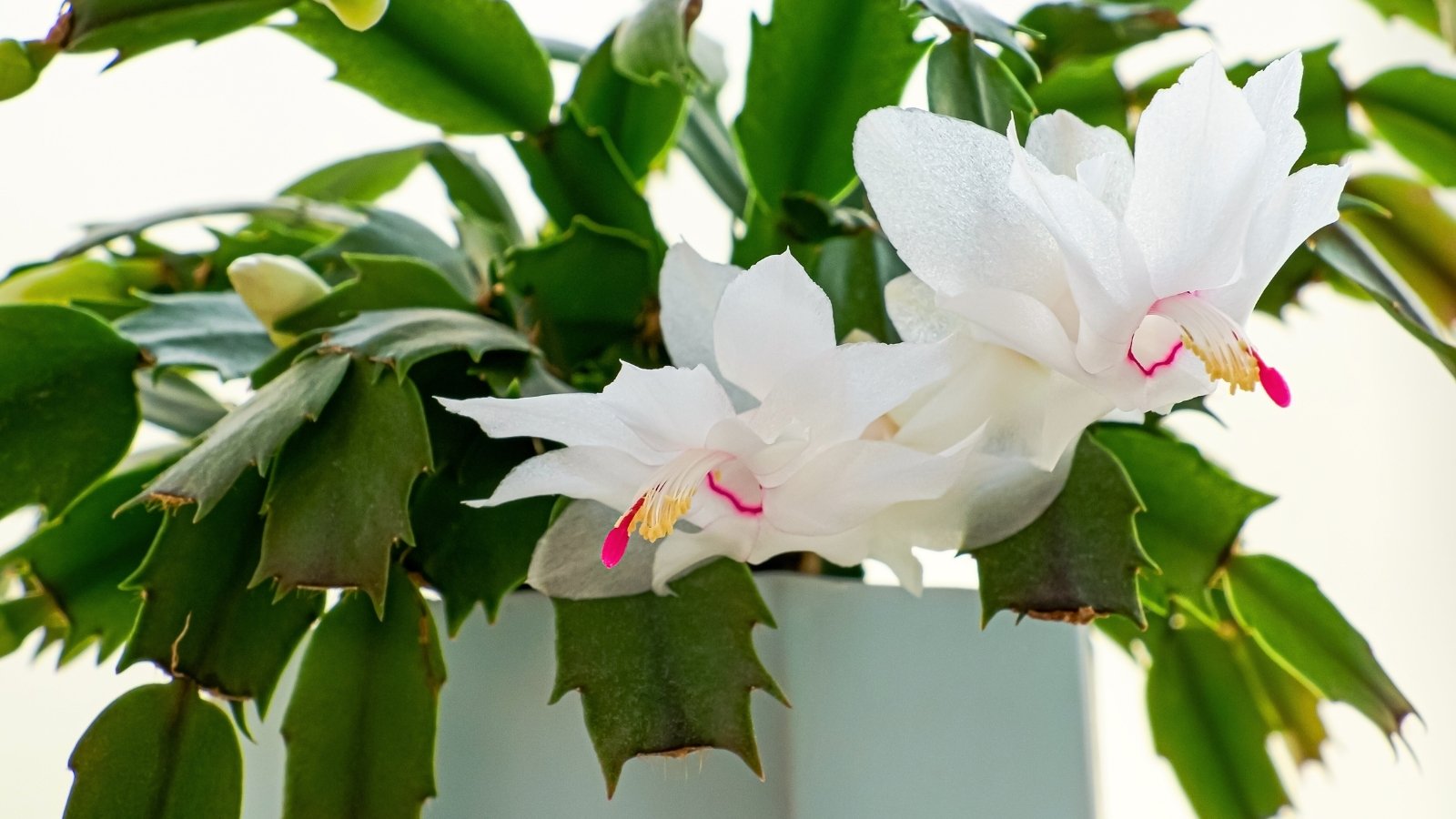
Thanksgiving cactus is another species of Schlumbergera that thrives with care similar to its relatives. You’ll see it with the name “crab cactus” because its leaves resemble crab claws with teeth on each stem. The species type sprouts crimson-red tubular flowers all over itself, although there are other varieties with flowers of white, pink, and orange hues.
Easter Cactus
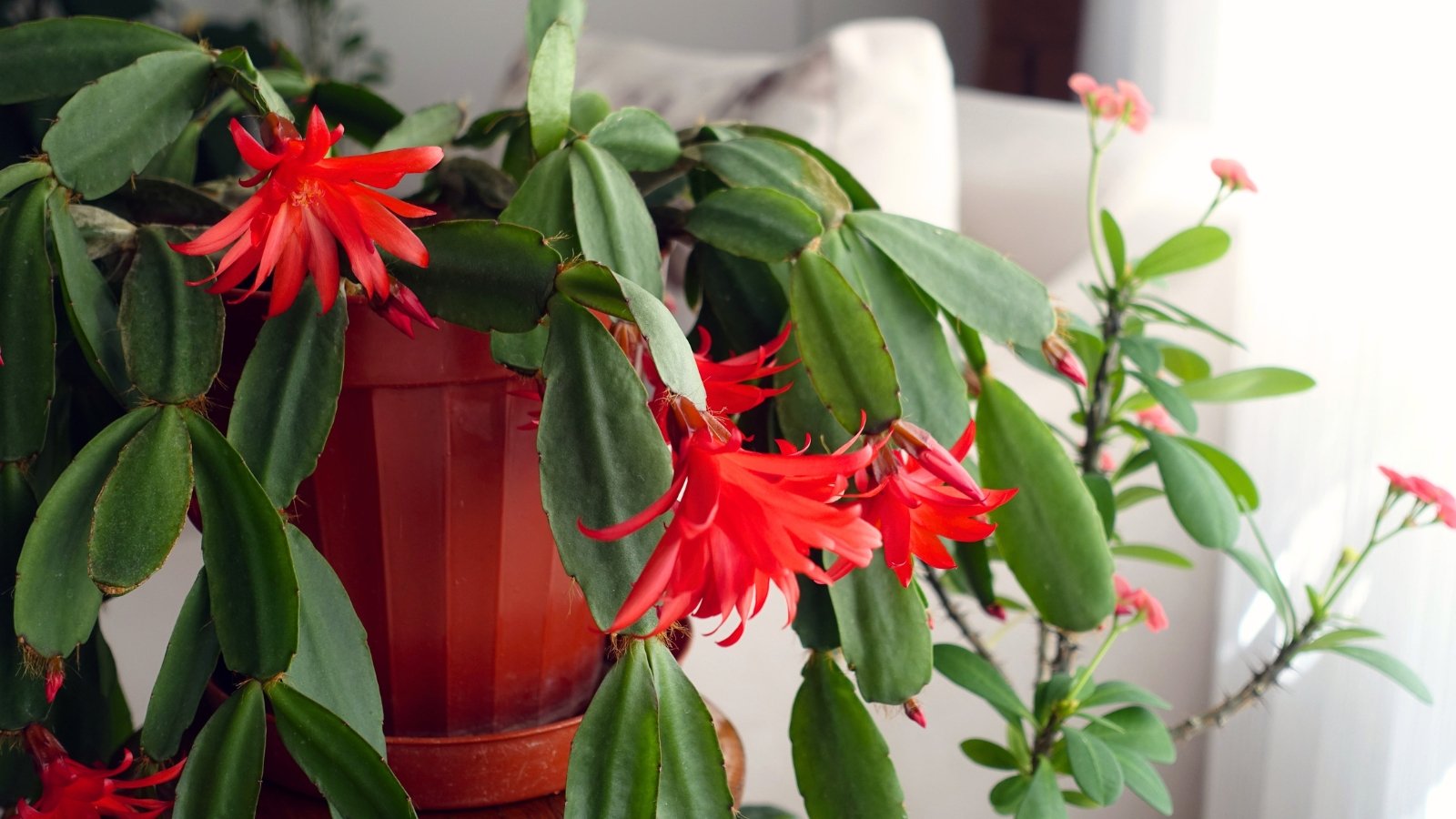
Easter cacti are in a separate genus—their scientific name is Rhipsalidopsis gaertneri. All three of these holiday epiphytes are true cacti in the Cactaceae family, and the Easter type is no exception. It sprouts stems with bristles on their ends that you can see from a short distance. Their edges are round, unlike the Thanksgiving type, and they sometimes bloom multiple times a year!
You’ll start seeing pink or red flower buds form in winter and early spring, then again in late summer when the plants are happy. Indoor plants need light to shift and temperatures to change to bloom their best, although outdoor ones in zones 10 through 12 will naturally bloom as the seasons change.
Wait To Transplant
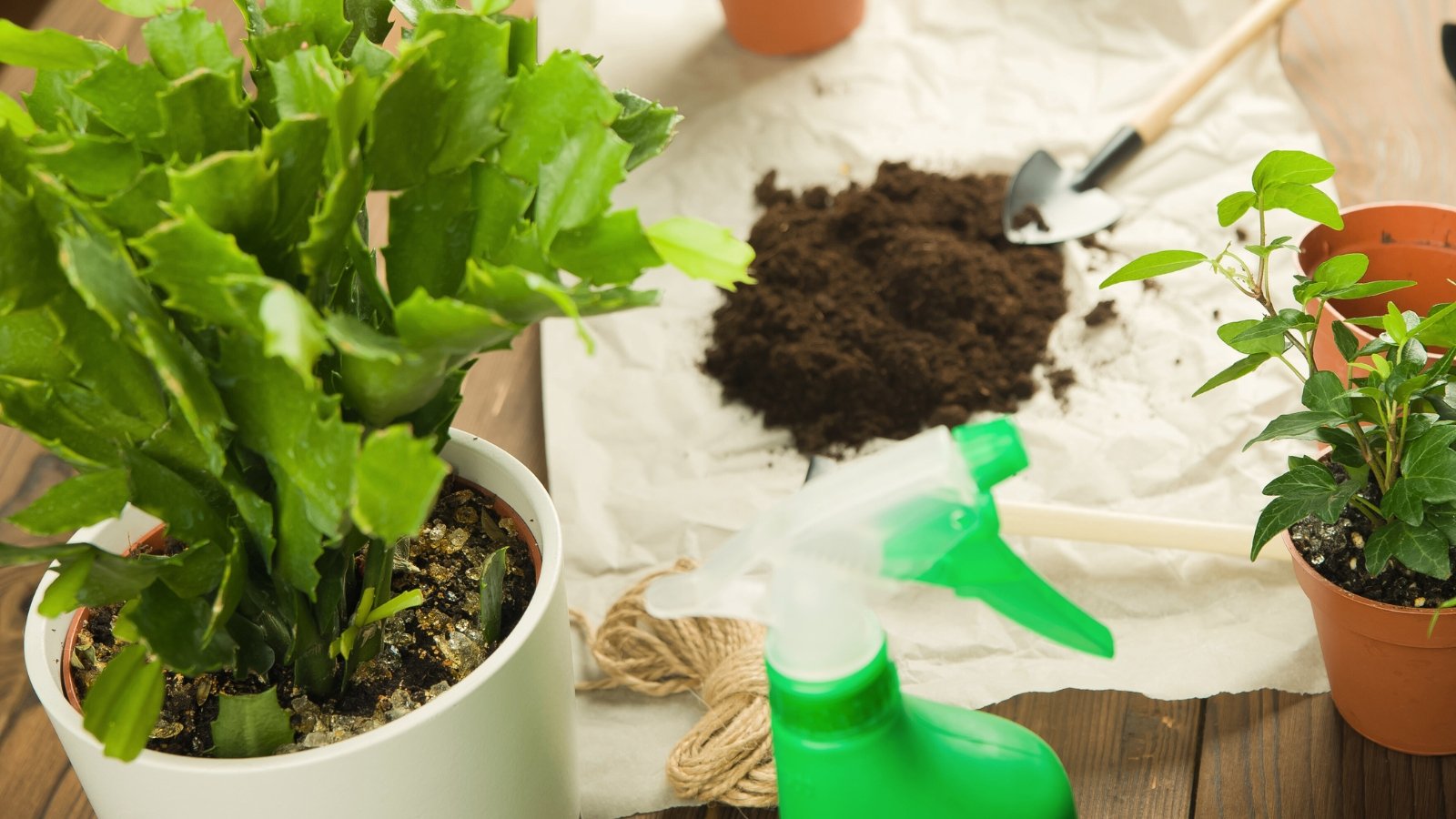
Your Christmas cactus is sensitive to cold temperatures below 50°F (10°C). It needs to overwinter indoors in zones 9 and lower so it has protection from frosty weather. Although it doesn’t like frost, this species appreciates cool temperatures inside your home that are easy to find during winter.
Because you bring your specimen indoors starting in late fall, you’ll want to avoid transplanting it until after it finishes blooming. It’s difficult for plants to focus on multiple tasks at once—multitasking zaps them of their resources. If you transplant your cactus as you transition it, it’ll have to adapt to new conditions, form blooms, and grow roots simultaneously.
The best time to transplant your holiday cactus is after it finishes flowering in early or mid-spring. The long, warm days help it sprout new feeder roots in fresh soil. These cacti sprout high on tree branches and need small root systems to thrive in their native range. Give them a small container rather than a large one, since they appreciate having their roots grow close together.
Moderate the Temperature
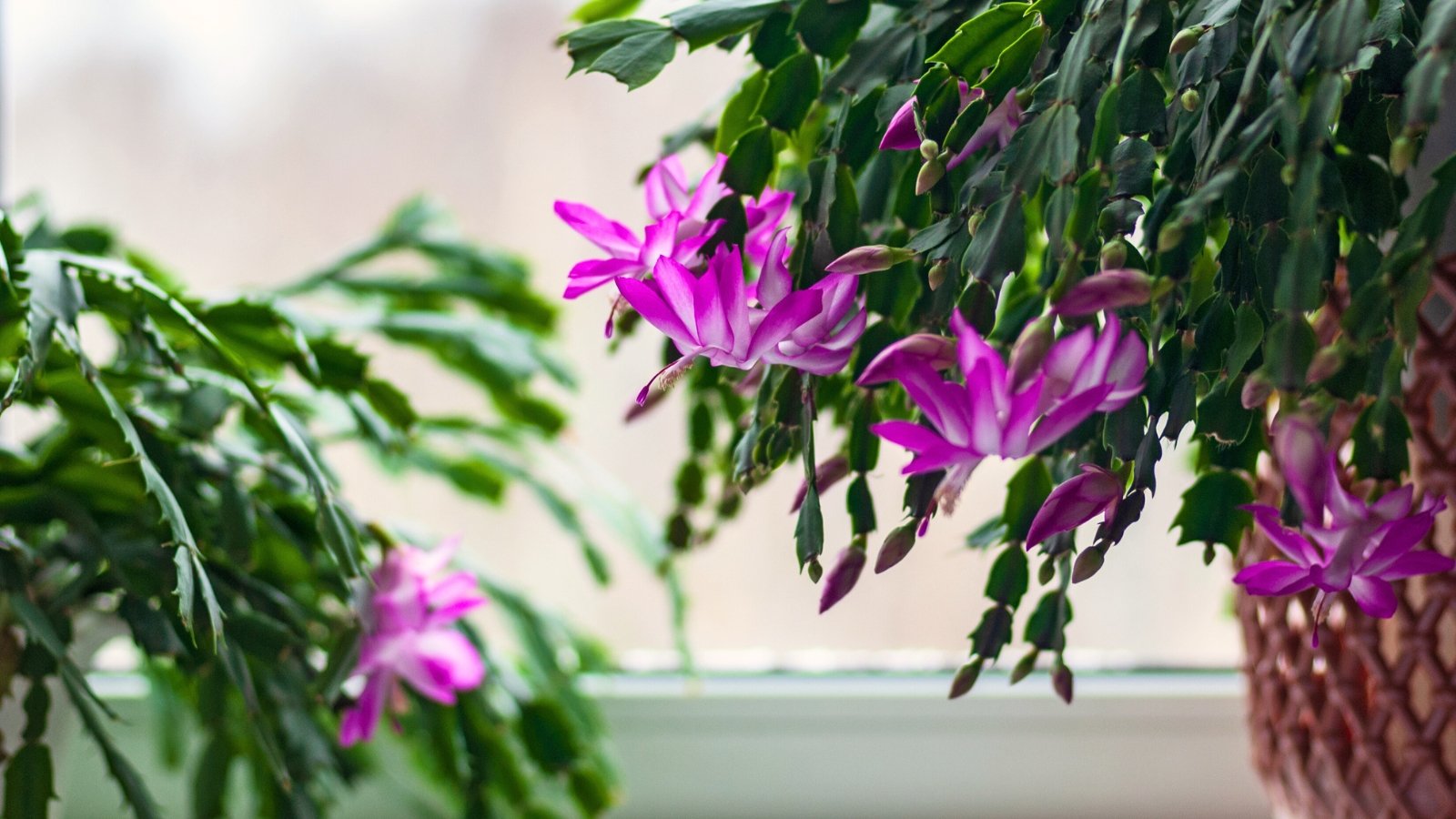
Cool weather is one of the most crucial signals that help Christmas cacti bloom. It happens naturally in its native range as the seasons change near the Brazilian coastline. Although these epiphytes originate from tropical forests, they are still subject to shifting light levels and temperatures as the Earth rotates.
Help your household specimens flower by placing them in a cool location between 50-55°F (10-13°C). They need this range throughout early fall to bloom on time for Christmas. Places like lit garages, hoop houses, or chilly rooms are perfect for giving your plants their preferred temperatures.
If you lack a cool room or garage, try placing your cactus near a window with bright indirect light or partial shade. Windows are colder than the inner parts of a room, as they leach the cold from outside through the glass. In zones 8 and 9 you can try placing them inside a small greenhouse outdoors so they receive the cold they need without frost damage.
Turn Off the Lights
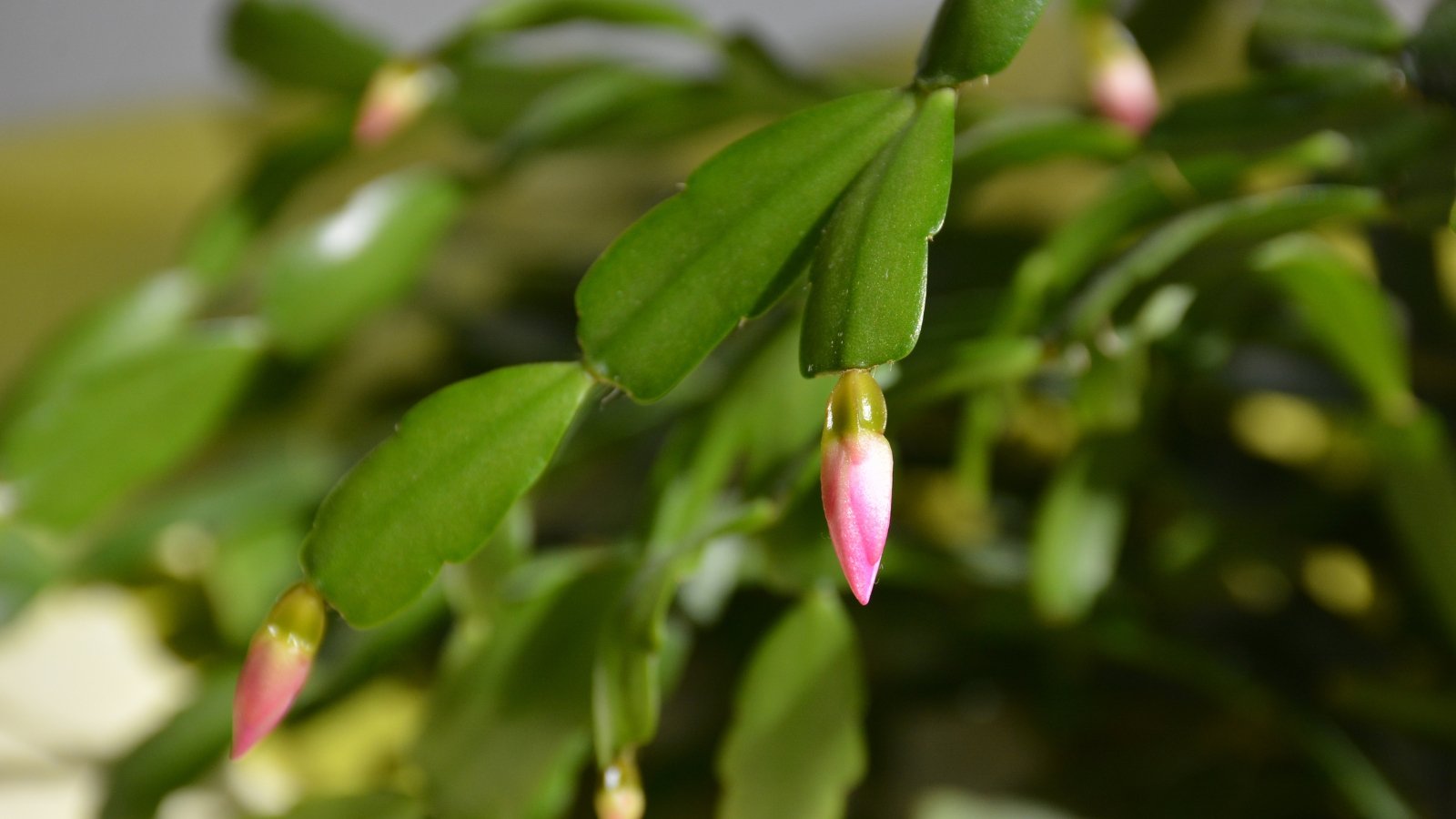
Another crucial thing holiday cacti need to bloom is darkness. Most species need light to bloom, but this succulent is different. It’s sensitive to a short photoperiod, meaning it needs long nights and short days to produce flower buds.
If your cactus grows under grow lights indoors, switch them in November so they’re off for 12 to 14 hours daily. This light shift signals that the seasons are changing and forces your plant to push out blooms. Most temperate regions have short days during winter—growers in these areas can place their cactus near a window and it’ll bloom naturally.
Some strong lights from fluorescent or LED bulbs may confuse your succulent into thinking the days are still long. Place your cactus in a dark area like a closet or basement overnight if you have lots of artificial lighting at night.
Another clever solution is to place a grow tent or lightproof container over the plant to trick it. These methods work best for growers in areas like Southern California or Florida, where winter nights rarely span more than 12 hours. You’ll have to trick your cactus to get it to bloom!
Water When the Soil Dries
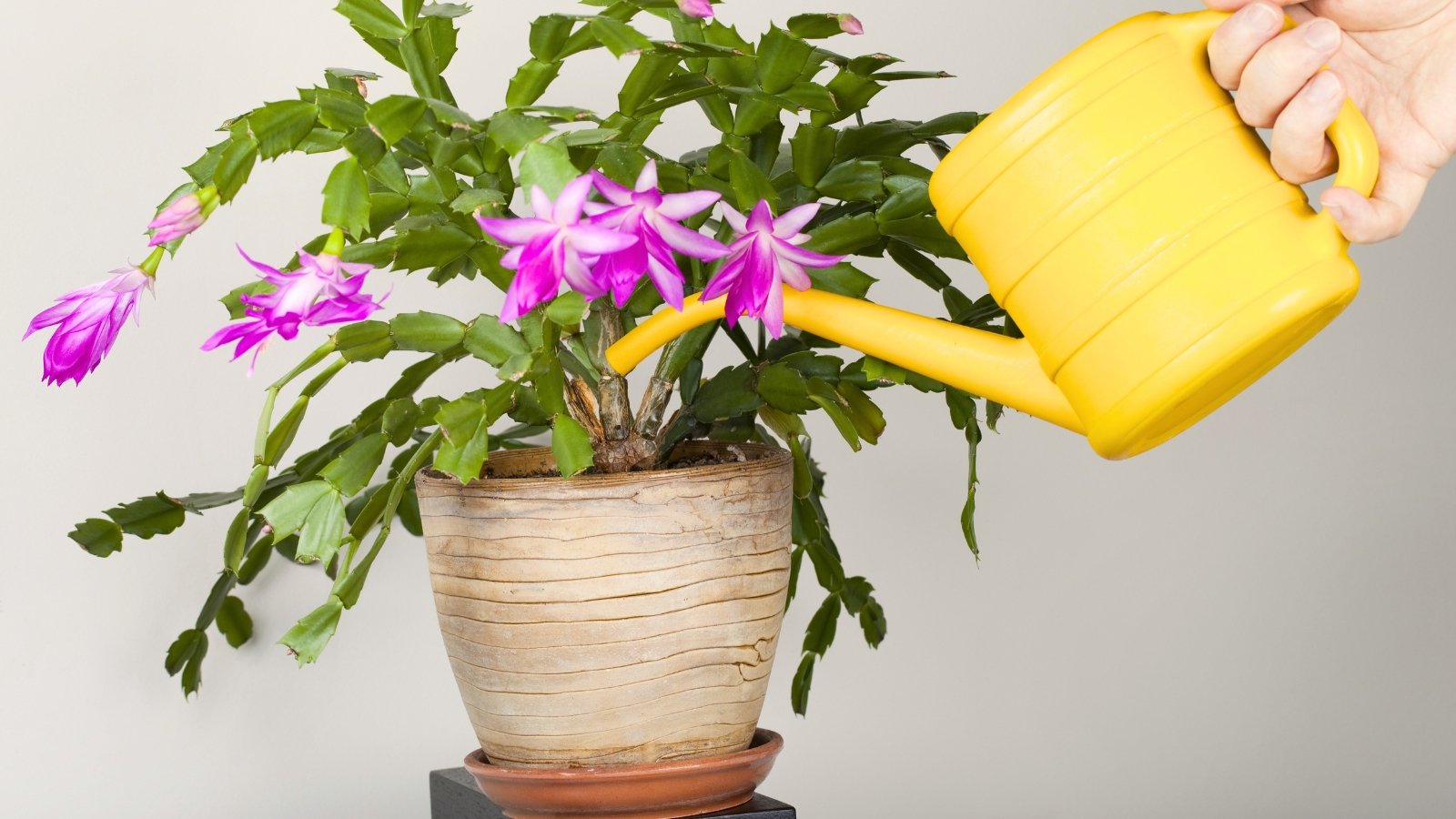
Although this cactus originates from tropical regions, it appreciates a dry culture between waterings. Waterlogged or soggy soil causes a quick decline in plant health as your specimen struggles to breathe and drowns. Avoid this by watering once the soil dries, about every one or two weeks in the winter. This may change depending on where you live.
The best way to know when to water is to use the finger test. Simply stab your finger into the soil as deep as it will go. See if you sense any moisture below the surface. Hold off on watering if you do, and apply plenty of irrigation if you don’t.
Another key component of a proper soil culture is the type of mix you use. A free-draining and fertile soil works wonders for your Christmas cactus. You can water extra by accident and it’ll drain without drowning your sensitive succulent. An equal ratio of sand, coco coir, and leaf mold or compost is perfect.
Apply Fertilizer
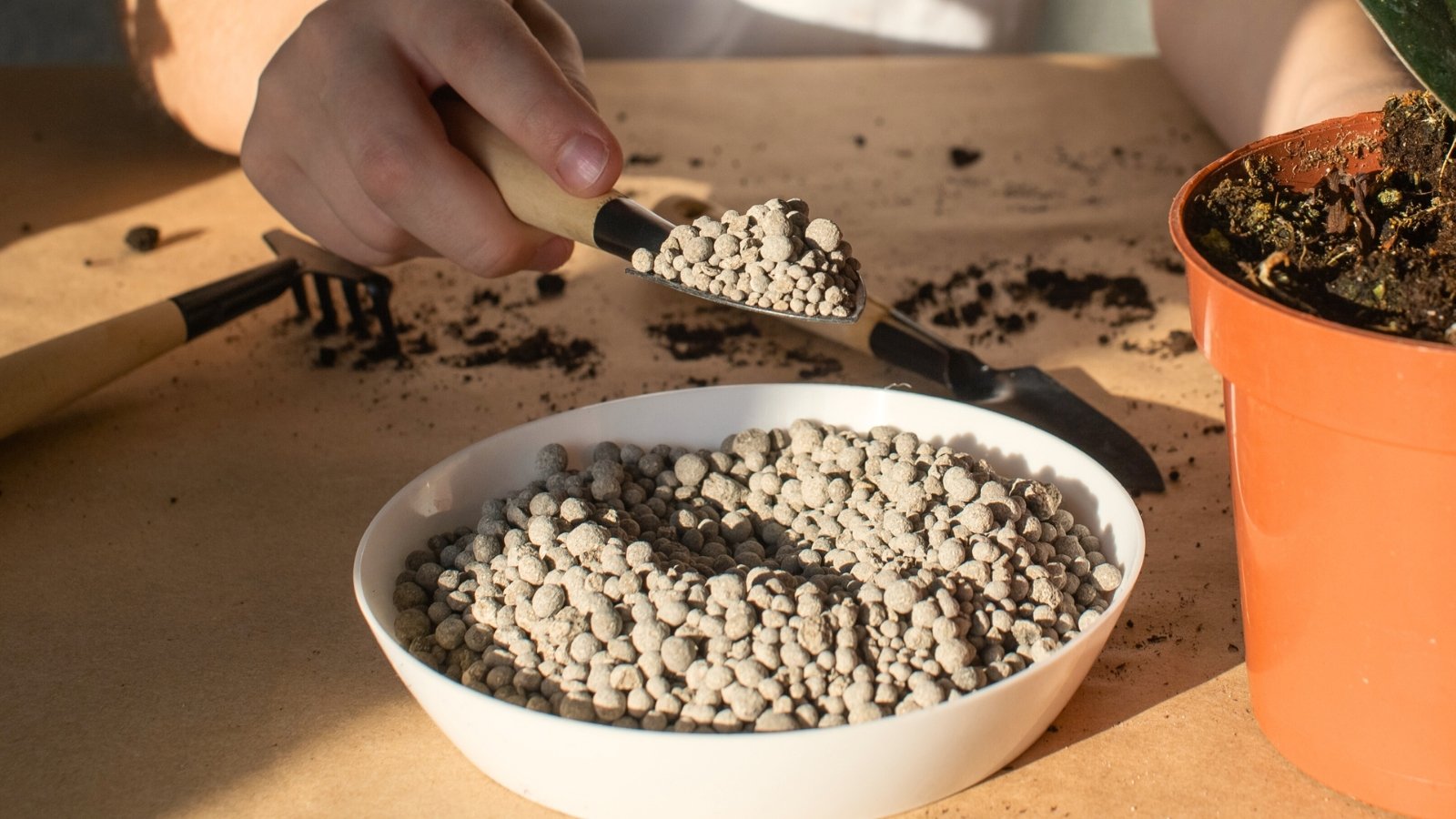
This type of cacti needs plenty of nutrients to create dozens—if not hundreds—of blooms! Mature specimens push buds throughout their stems, and some adults grow to be massive. Provide your specimen with enough fertilizer or amendments, and it’ll bloom without issues.
Outdoors in their native range, these succulents access ample nutrients that persist in the tree canopies. Leaves fall and decay into leaf mold, which their roots grow into to access the nutrients. In containers within our homes, their roots lack access to fertile soil and are separate from the outdoor natural processes.
Help your succulent species out by feeding them monthly from spring through early summer while they’re actively growing and blooming. Use a balanced organic fertilizer with equal ratios of the three macronutrients and a balanced ratio of micronutrients. Stop fertilizing in fall and winter, and resume in the following spring.
Monitor for Changes
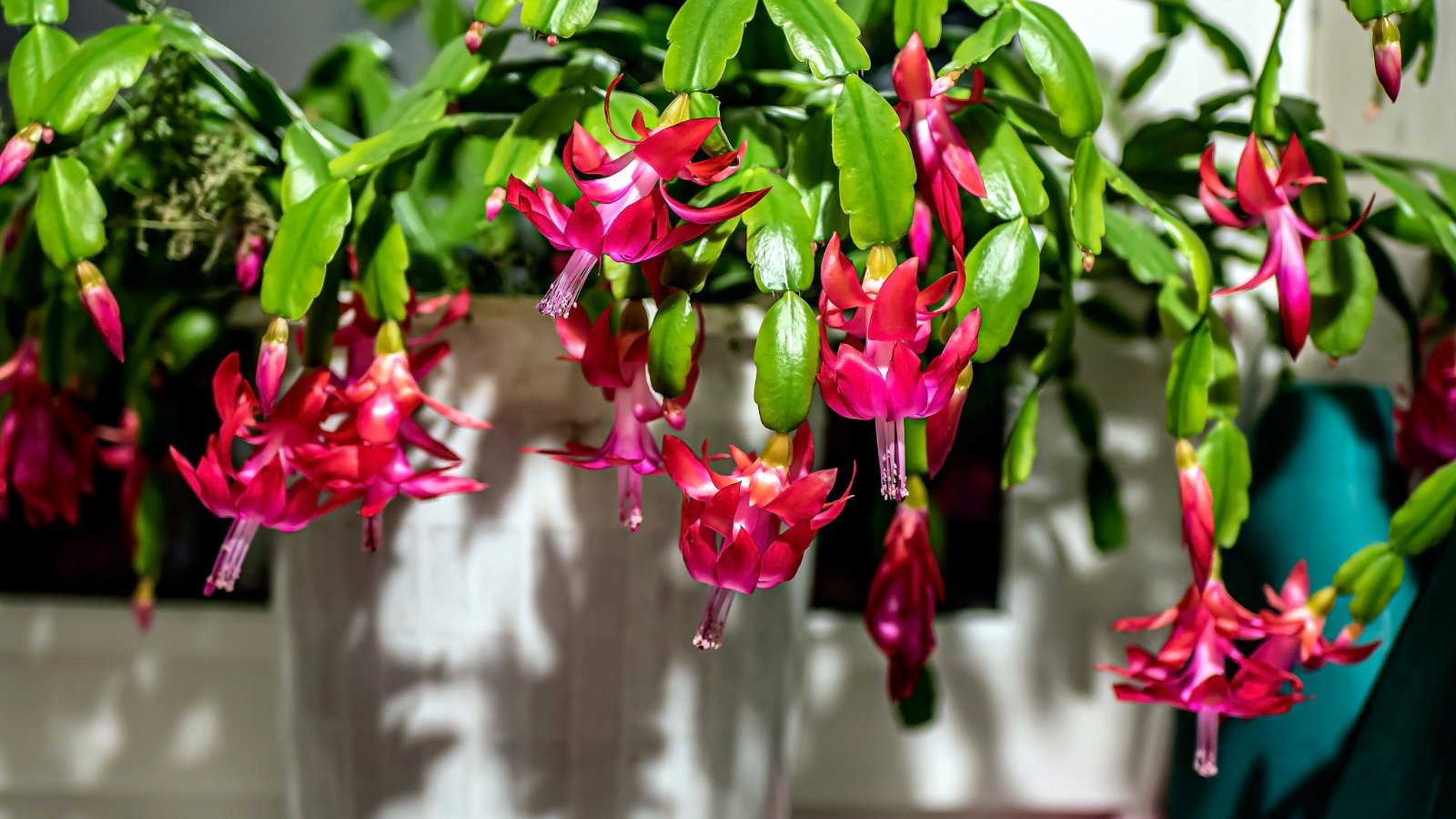
If you follow these tips your cactus should be pushing out plenty of blooms come Christmastime. Matching your home or garden to their native range is the best way to convince them to bloom. They’ll appreciate the cool days and long nights and think they’re vacationing in Brazil!
If your cactus lacks blooms during Christmas it may not have all the conditions it needs to flower properly. Some specimens may bloom late if the darkening period starts late in December. Others may not bloom if they don’t receive long nights, cool weather, and sufficient nutrients.
Fear not if your Christmas cactus doesn’t bloom! It’ll sprout ample foliage throughout the growing season and you can try to get it to flower next fall. With repetitive efforts, you’ll discover what your cactus needs to give you the gorgeous flowers you want to see.



